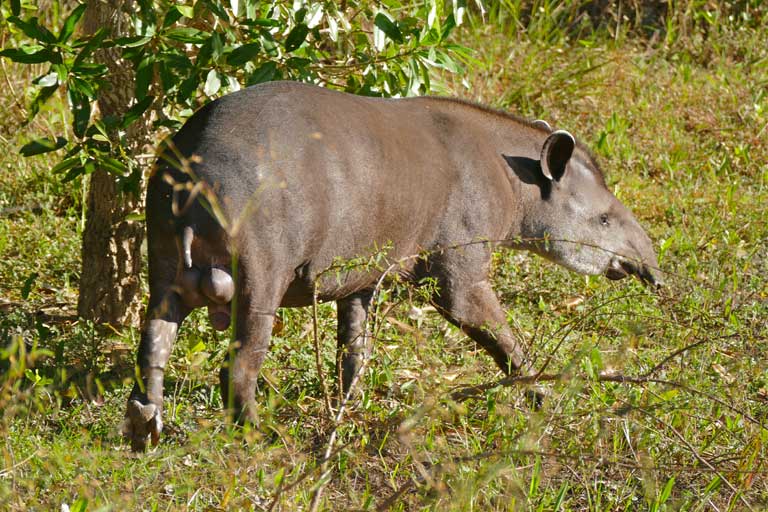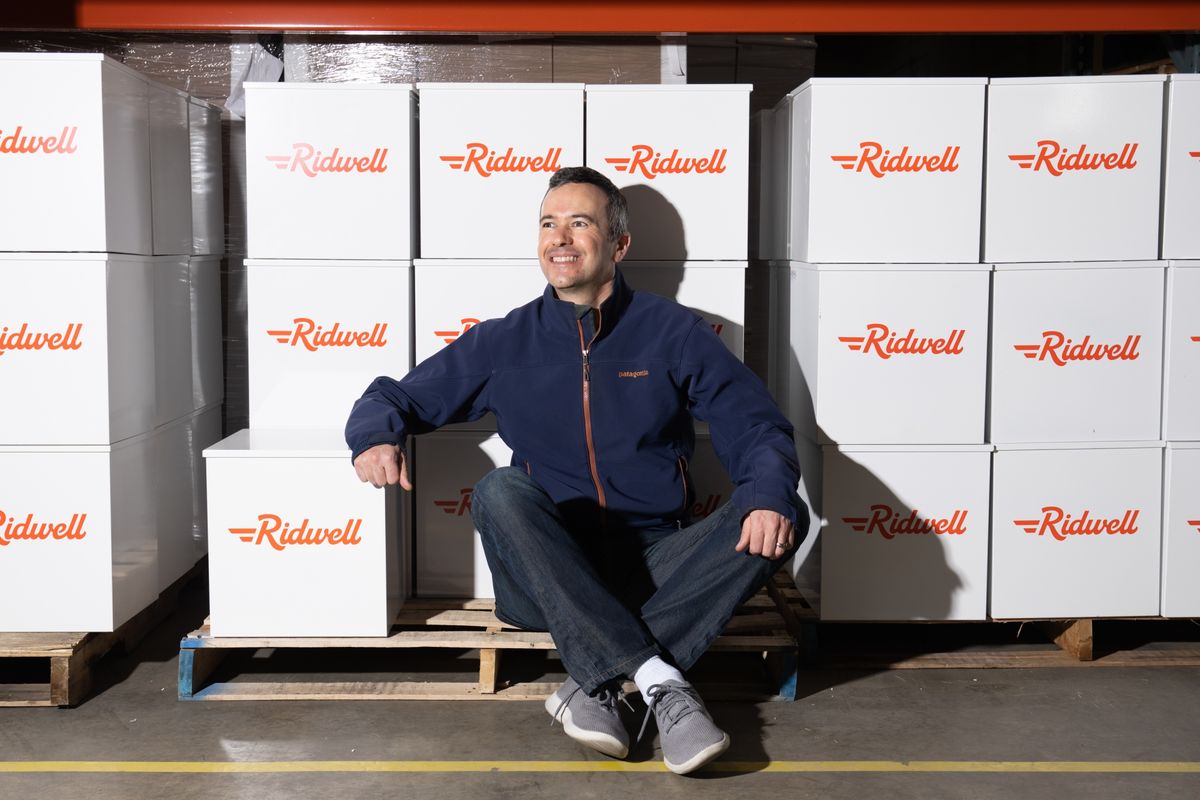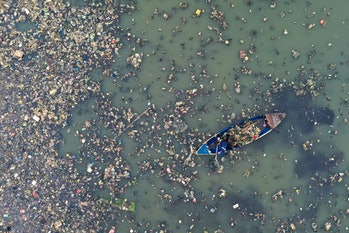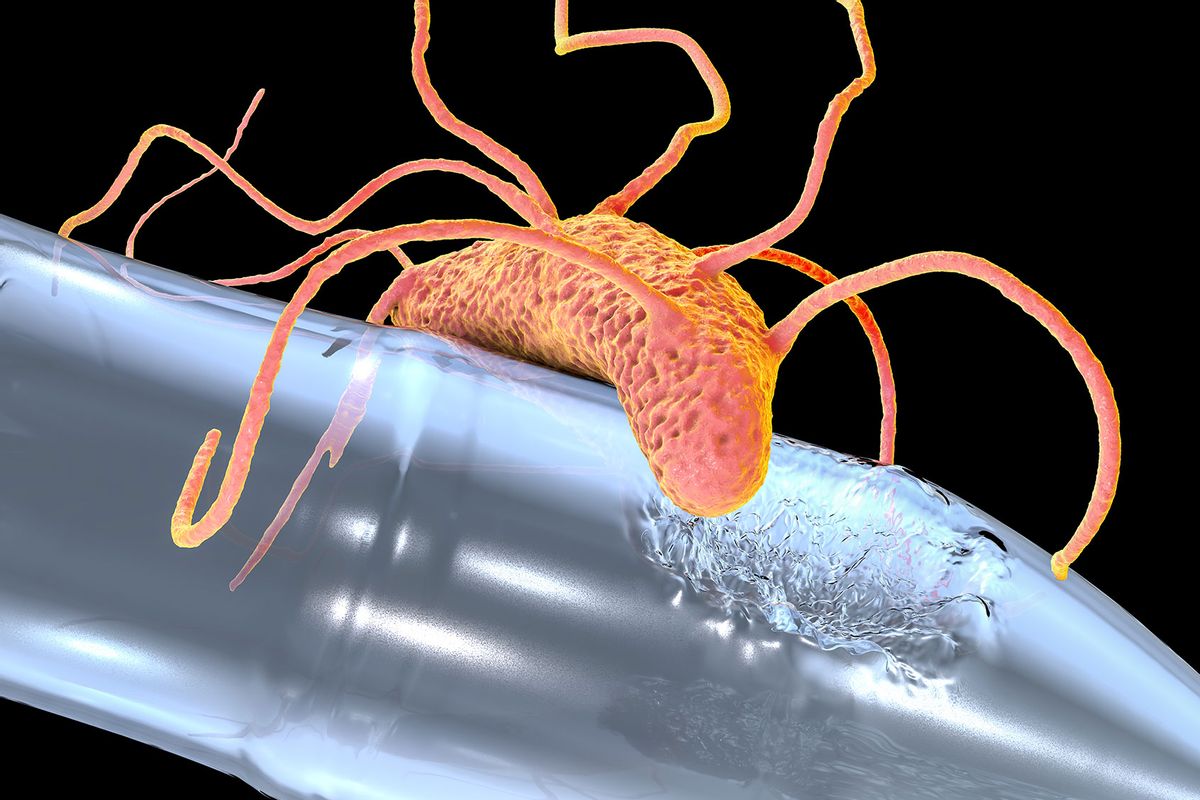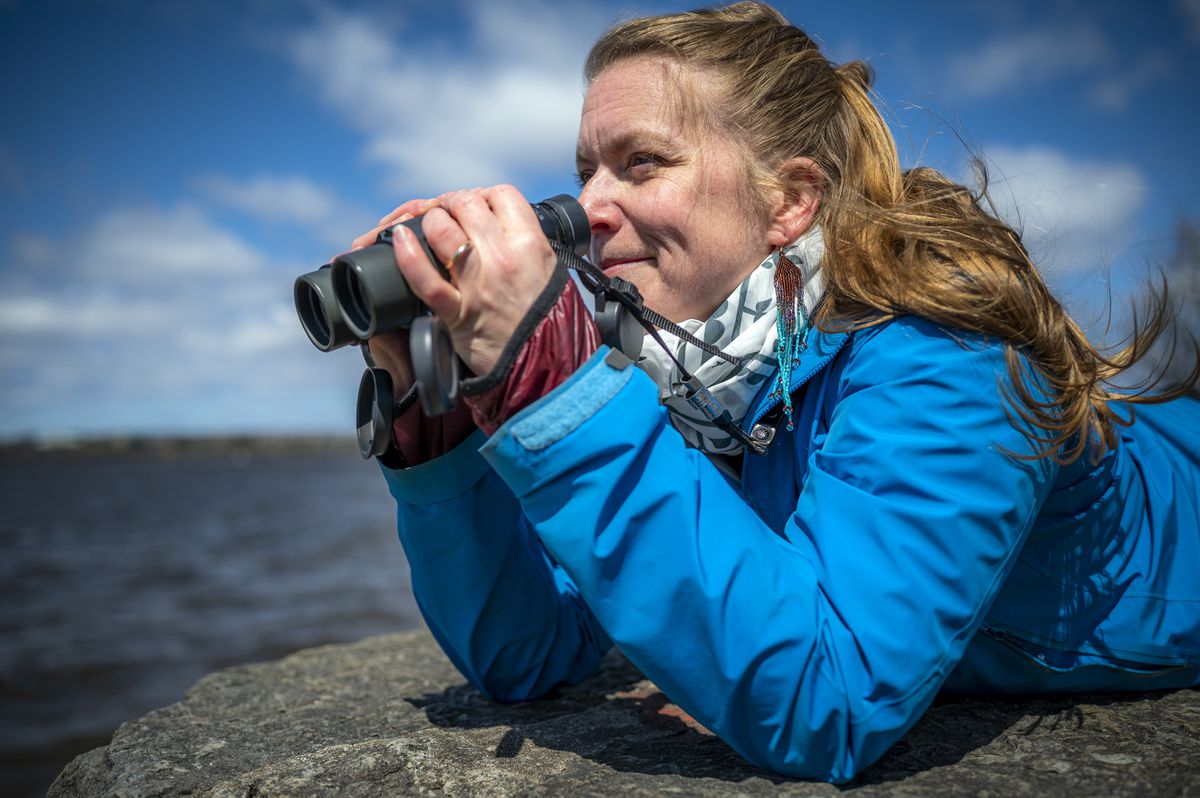Pesticides, pharmaceuticals, plastics, nanoparticles, and other potentially toxic synthetic materials are being released into the environment in ever greater amounts. A recent study warns that action is needed to better monitor and understand their impacts on terrestrial mammals in the tropics.Mortality and mass die offs could result, but sublethal effects — such as reduced fitness or fertility — are perhaps of greater concern in the long-term, warn experts.In the research, scientists raise concerns over an increasing load of chemicals released into the tropical environment, with little monitoring conducted to understand the impacts on wildlife.Another study released this year reported that the novel entities planetary boundary has been transgressed. Novel entities include pesticides and other synthetic substances. The boundary was declared breached because scientific assessments can’t keep up with new chemicals entering the environment. Tropical mammals are living in an ever-changing chemical landscape warns a recent study, with wildlife increasingly exposed to an array of plastics, pharmaceuticals, pesticides and nanoparticles. The recent study, published in the journal Biological Conservation, warns that this underrecognized threat requires urgent action.
Colin Chapman, a biologist and professor at George Washington University, and his colleagues reviewed the body of scientific literature investigating the scope of the “chemical landscape” inhabited by tropical terrestrial mammals. A recurrent theme: a paucity of studies covering the topic offered only glimpses of the effects of pollutants.
“As a society we are intentionally poisoning tropical wildlife,” Chapman told Mongabay. “We don’t know the effects of it, but we know we’re poisoning them. We know we’re poisoning ourselves and despite this knowledge, we’re not acting.”
Research in Brazil’s Cerrado savanna biome found that lowland tapirs (Tapirus terrestris) accumulate pesticides and heavy metals, causing concern about potential health impacts. Image by Bernard DUPONT via Flickr (CC BY-SA 2.0).
Living in a chemical world
Earlier this year, an international group of researchers centered around the Stockholm Resilience Centre (SRC) warned that the manufacture, use and disposal of synthetic chemicals — referred to by scientists as novel entities — has passed a crucial and dangerous environmental threshold, threatening “a safe operating space for humanity.” The novel entities pollution problem is just one of nine planetary boundaries — six of which, including climate change, have already seen their safe limits violated by human actions.
In 2019, a report by the United Nations Environment Programme (UNEP) estimated that the global chemical industry’s production capacity had reached 1.2 billion tons. In 2017, that industry was worth 5.68 trillion, a figure projected to double by 2030. In declaring the breach of the novel entities planetary boundary in January 2022, researchers emphasized that it has become impossible for science to assess the rapidly widening stream of existing and new chemicals entering the environment.
A variety of pollution routes exist in the tropics and elsewhere. Pesticides, for example, are being applied to agricultural lands at ever-greater rates. Previous estimates suggest a rate of around 2 million tons annually, though a recent study suggests 4 million tons are now used each year. Likewise, treated sewage that is spread as fertilizer can leach a harmful pharmaceutical cocktail and concentrated heavy metals into soils and groundwater. Plastics are released into the air when disposed of by burning, and also enter soils and waterways when thrown away, where they deteriorate into microplastics.
Increasing agricultural production and pharmaceutical use in tropical countries (even in remote parts of the Brazilian Amazon), combined with often lax regulations that enable the use of chemicals banned elsewhere, can heighten risk. Knowledge of the environmental impacts of all these chemical pollutants is not new, says Chapman, but research in tropical regions is lagging.
The studies and reports that do exist often focus on cases of intentional killings of wildlife using chemicals, or unintentional mass killings. Recently in India, for example, vultures died en-masse due to pesticide poisoning inadvertently spread to kill stray dogs. While such events can grab headlines and researchers’ attention, Chapman is equally concerned by systematic and prolonged chemical exposure which could cause sublethal effects.
A howler monkey (Alouatta palliata). Analysis of the feces of primates in protected areas in Costa Rica and Uganda by Michael Wasserman and his colleagues found exposure to chemical pollutants. Impacts on health and fitness are currently not known. Photo courtesy of Michelle Benavidez Westrich.
Looking beyond the lethal
Kurunthachalam Kannan, an environmental chemist and professor in environmental medicine and pediatrics at New York University’s Langone Health, who was not involved in the study, agrees that all this chemical exposure is troubling. Currently, far more is known about sublethal effects in humans than in wildlife populations, he states: “Sublethal health effects such as reduced reproduction, suppressed immune system and altered endocrine functioning can impair survival of wildlife and can disrupt ecosystem structure and function.”
A study published last year found that consumption of fruit contaminated with deltamethrin, an agricultural insecticide, could effect reproduction in fruit-eating bats due to oxidative stress in their testes “even in low, commercially prescribed concentrations”, the authors write.
Work by Chapman and Michael Wasserman, a co-author of the recent paper, who is with the University of Indiana’s Primate Environmental Endocrinology Laboratory, indicated that chemicals, including legacy and current use pesticides and flame retardants (some recognized as endocrine disruptors), are present in the tropics. They’ve been detected in the air in and around Las Cruces and La Selva Biological Stations in Costa Rica, and at Kibale National Park in Uganda. A follow-up study found traces of these chemicals in the feces of primates such as red colobus, chimpanzees and red-tailed monkeys. Yet, no one knows the effect of these chemical exposures on these species, Wasserman adds.
“Did the animal live a little bit less? Did they get cancer? [Did exposure] cause increased mortality?” Chapman wonders, but these are questions which remain unanswered for most exposed species, including primates. It’s unlikely species are going to go extinct due to chemical pollution, he adds, but exposure could hinder conservation efforts.
Research indicates that endangered mountain gorillas (Gorilla beringei) in Uganda’s Bwindi Impenetrable National Park are being exposed to pesticides via the cultivation of tea and the consumption of contaminated plant leaves. This could have “potential health risks” for adults and juveniles, the study concluded, though the full extent of harm is still unknown. Image by Rhett A. Butler / Mongabay.
Michael Bertram, an ecotoxicologist and researcher with the Swedish University of Agricultural Sciences, studies the impact of chemical pollution on animal behavior, another realm in which research is lacking, and he is also concerned. “The [paper’s] authors rightly point out that although large-scale wildlife die-offs are a clearly observable and alarming sign of the presence of chemical contaminants at toxic levels in ecosystems, it is much more common for wildlife to be exposed to an invisible mixture of multiple chemicals, [reducing their resilience as they face] other stressors such as habitat loss and climate change.”
While many of the potential pathways of chemical exposure are enumerated by the study, more exist, Bertram says. For example, research shows that fish species accumulate chemicals in high concentrations which could then be passed up the food chain.
“Tropical mammals that consume tainted fish or other aquatic prey, drink contaminated water, or come into contact with contaminated sediment, will therefore be exposed to potentially harmful contaminants,” Bertram reports. “The fact that Chapman and colleagues provide such a comprehensive list of pathways by which tropical animals can be exposed to contaminants, but still many more pathways exist, is indicative of the scale of the problem with which we are confronted.”
An additional concern is the synergistic impact of chemical pollution when combined with other stressors. Wholesale conversion of forest to agriculture, or the eating away at forest edges by fields, pastures and roads, can ramp up chemical exposure, says Wasserman: “The more you fragment a landscape, the more edge there is where you have contact between human dominated landscapes in the forest, and therefore more places for all those novel entities to enter the ecosystem.”
Climate change can also interact with chemical pollution in multiple ways, exacerbating or altering the effects of some contaminants. Chapman’s study cites the example of global warming-triggered forest fires leading to deaths due to smoke inhalation among elk populations.
“This is just one of many examples where one form of environmental change, in this case climate change which increases the likelihood and severity of fires, drives an increase in another form of environmental change, the contamination of air (and water) with particulate matter,” says Bertram. But once again, the impacts of potentially toxic forest fire smoke on tropical mammals has not been well documented.
Research in protected areas in Costa Rica and Uganda indicates pollution from pesticides and flame retardants. Photo courtesy of Michael Wasserman.
Monitoring health, researching effects
Clearly, tropical mammals face an ever-escalating chemical crisis, yet how serious this problem may be, remains unclear. Chapman and Wasserman urge further research and long-term monitoring to better understand the issue, but until more studies are done, they say, the precautionary principle should be implemented regarding chemical use.
“I think studying this in wild primates has a lot of potential,” notes Wasserman. “They are the ideal biosentinel for understanding exposure to novel entities, but also for human health concerns.”
Long-term monitoring of wildlife population health would not only aid in understanding and quantifying the scale and impact of chemical pollution, but also provide an early warning system for detecting emerging diseases, adds Chapman — a particularly relevant sensing system in the wake of the Covid-19 pandemic.
NYU’s Kannan agrees that chemical impacts on tropical wildlife require far more study. “We need to grow and support a future generation of researchers in the area of wildlife ecotoxicology,” he states. “Furthermore, interdisciplinary research on the topic is needed which requires collaborations with wildlife biologists, veterinarians, toxicologists, chemists, and more importantly, community engagement and support.”
International bodies such as UNEP and the International Panel on Chemical Pollution have made similar calls for interdisciplinary research, and are working towards the development of a Global Science-Policy Panel to address the issue.
Meanwhile, Chapman and his colleagues are actively investigating levels of plastics and pesticides in the feces of primates at over 20 sites in Central and South America, Africa, and Asia. This far flung effort, Chapman adds, is an example of the kind of research and monitoring needed in the long-term to truly understand the chemical landscape in which tropical mammals are now living.
“In order to act in an informed way, we need to have the infrastructure, the research capacity [and] more information about sublethal effects,” he concludes. “We have to revamp how that information is being collected and scale up that information.”
Banner image: Mountain gorillas thrive on rainforest foliage, but if that foliage happens to be tea leaves sprayed with pesticides on national park-adjacent plantations, they can be poisoned. Image by Ludovic Hirlimann via Flickr (CC BY 2.0)
Citations:
Bertram, M. G., Martin, J. M., McCallum, E. S., Alton, L. A., Brand, J. A., Brooks, B. W., … Brodin, T. (2022). Frontiers in quantifying wildlife behavioural responses to chemical pollution. Biological Reviews. doi:10.1111/brv.12844
Chapman, C. A., Steiniche, T., Benavidez, K. M., Sarkar, D., Amato, K., Serio-Silva, J. C., … Wasserman, M. D. (2022). The chemical landscape of tropical mammals in the Anthropocene. Biological Conservation, 269, 109522. doi:10.1016/j.biocon.2022.109522
Oliveira, J. M., Lima, G. D., Destro, A. L., Condessa, S., Zuanon, J. A., Freitas, M. B., & Oliveira, L. L. (2021). Short-term intake of deltamethrin-contaminated fruit, even at low concentrations, induces testicular damage in fruit-eating bats (Artibeus lituratus). Chemosphere, 278, 130423. doi:10.1016/j.chemosphere.2021.130423
Wang, S., Steiniche, T., Romanak, K. A., Johnson, E., Quirós, R., Mutegeki, R., … Venier, M. (2019). Atmospheric occurrence of legacy pesticides, current use pesticides, and flame retardants in and around protected areas in Costa Rica and Uganda. Environmental Science & Technology, 53(11), 6171-6181. doi:10.1021/acs.est.9b00649
Wang, S., Steiniche, T., Rothman, J. M., Wrangham, R. W., Chapman, C. A., Mutegeki, R., … Venier, M. (2020). Feces are effective biological samples for measuring pesticides and flame retardants in primates. Environmental Science & Technology, 54(19), 12013-12023. doi:10.1021/acs.est.0c02500
Wu, D., Li, Q., Shang, X., Liang, Y., Ding, X., Sun, H., … Chen, J. (2021). Commodity plastic burning as a source of inhaled toxic aerosols. Journal of Hazardous Materials, 416, 125820. doi:10.1016/j.jhazmat.2021.125820
FEEDBACK: Use this form to send a message to the author of this post. If you want to post a public comment, you can do that at the bottom of the page.
Agrochemicals, Animals, Chemicals, Environment, Green, Health, Microplastics, Pesticides, Plastic, Pollution, Research, Toxicology, Waste, Water Pollution, Wildlife
Print

